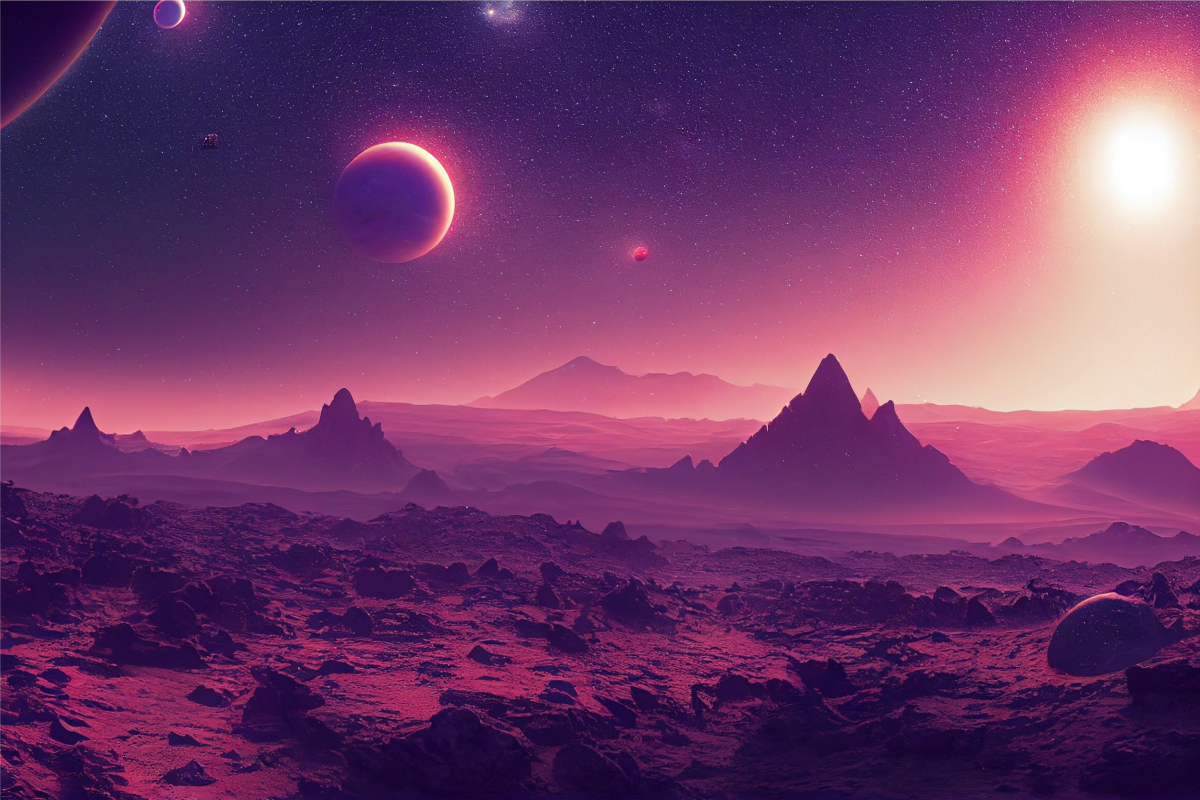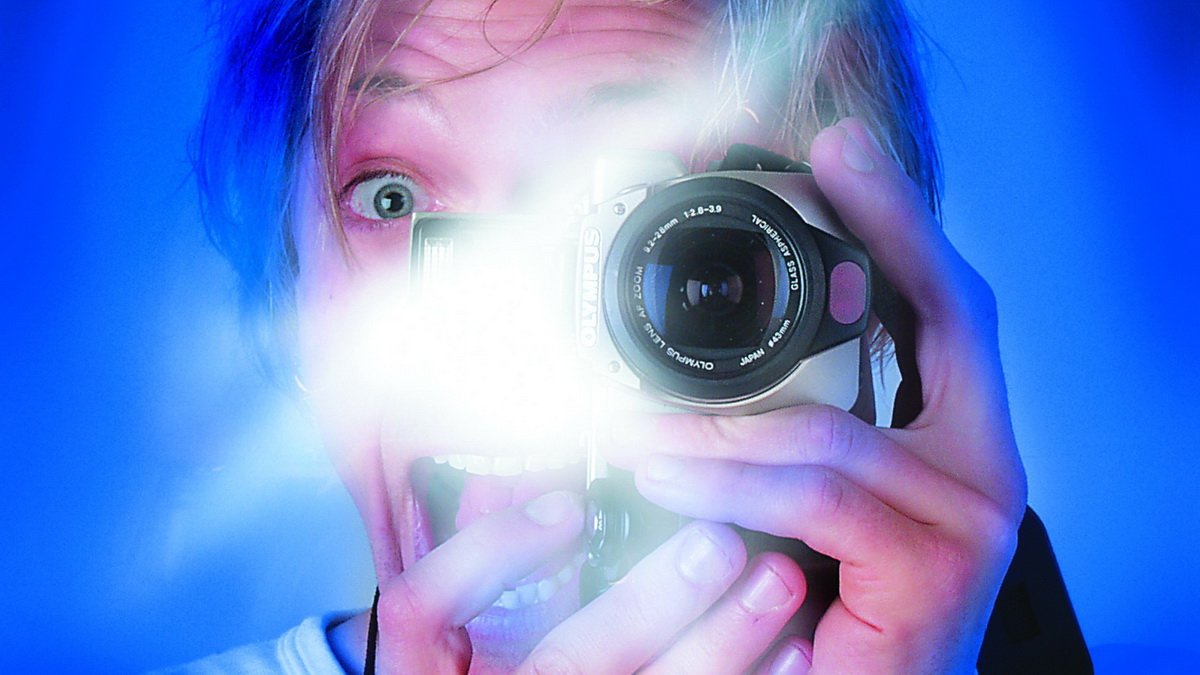Astronomy threatened by bright satellites An international research team calls for urgent action.
Copiapo – The Blue Walker 3 satellite has been orbiting the Earth for about a year. Even before its launch, experts feared it would be a large satellite One of the brightest objects in the night sky can advance. At the end of 2022, measurements confirmed that AST SpaceMobile’s satellite actually shines brighter than most stars at night. Now an international team of scientists has conducted a study with new details about the Blue Walker 3 satellite and its effects on… Astronomy published.
“the Impact of satellite astronomy “It has become an increasingly pressing problem in recent years,” confirms lead author Sangeetha Nandakumar (Universidad Atacama Chile). This is primarily due to the Starlink constellation of Elon Musk’s private space company SpaceX. There are more than 4,800 of these. The satellites are already in low Earth orbit, and although the situation has improved over time, they are still clearly visible in the sky.
Satellite constellations like Starlink are disrupting astronomy
Even before the launch of Starlink satellites, satellites could often be seen briefly in the sky, such as the International Space Station (ISS), which could sometimes be seen racing extremely brightly across the sky. But the problem only appeared with Starlink satellites. With several additional “Starlink” satellites and satellite constellations from other providers planned, astronomy is now on alert.
“The night sky is a unique laboratory where scientists can perform experiments not possible in terrestrial laboratories,” explains co-author Dave Clements (Imperial College) in his article. notice He adds: “Astronomical observations have provided insights into fundamental physics and other research at the frontiers of our knowledge and have changed humanity’s view of our place in the universe.” He stressed that the clear night sky is also an important part of humanity’s common cultural heritage. the world.
The BlueWalker 3 satellite is particularly large and very bright in the night sky
In the study, In the specialized magazine nature published Data from professional and amateur astronomers has been summed up and shows: After BlueWalker 3 fully expanded its antennas, it suddenly became noticeably brighter. And no wonder: at 64 square metres, the satellite contains the largest commercial antenna system ever used in low Earth orbit.
| -12.73 mag |
| -5 likes |
| -4.67 mag |
| -2.94 mag |
| -4.46 mag |
| -0.47 mag |
| 0.4 mag |
| 1.97 mag |
| 3.7 mag |
| 4-6 likes |
Thanks to observations from several countries, researchers were able to calculate the satellite’s path and determine how it changes due to factors such as air resistance. Knowing the exact orbit of satellites is particularly important for research, because this is the only way to prevent bright celestial objects from interfering with recordings, for example.
The Blue Walker 3 satellite also disrupts radio astronomy
As the study shows, Blue Walker 3 can disrupt not only astronomy operating in the visible range, but also radio astronomy. The satellite uses wavelengths similar to radio telescopes. What is especially tragic is that some radio telescopes are located in so-called “radio quiet zones” where transmitting disruptive radio signals is prohibited. But these restrictions only apply to ground signals, as satellites have so far been able to interfere with radio telescopes from above. Study co-author Mike Bell (Imperial College) admitted: “More research is needed to develop strategies to protect existing and future telescopes from the numerous satellites scheduled to be launched over the next decade.”
Researchers involved in the study identify a worrying trend in astronomy and call for action: “These results show a continuing trend toward larger and brighter commercial satellites, which is particularly worrying given the plans to launch many more satellites in the coming years,” the researchers emphasize. . Co-author Siegfried Eagle (University of Illinois).
The scientist believes: “While these satellites can play a role in improving communications, it is necessary to reduce their interference with scientific observations to a minimum. This would preferably be achieved through continued cooperation on mitigation efforts, or failing that, by requiring a pre-launch impact assessment as part of future launch licensing processes.
Either contact or dark skies – a problem for astronomy
The topic is not an easy matter for astronomy, as researchers confirm. “The astronomy community understands the need for greater connectivity and improved Internet access, especially for rural and underserved communities,” explains co-author Jeremy Tregloa Reid (University of Atacama Chile) in his article. notice. However, progress must be weighed against the negative impact satellites can have on the night sky.
Treglo-Reid sees a problem with regulation: “This is a global problem, as satellites approved by any country can be seen in the night sky around the world, which highlights the importance of international coordination.” AST SpaceMobile plans to send another 90 satellites. into space “in the near future” to enable better Internet reception. Therefore, the “Blue Walker 3” satellite will continue to be safely monitored. (unpaid bill)
Automated assistance was used in writing this article by the editorial team. The article was carefully examined by editor Tanya Banner before publication.

“Tv expert. Hardcore creator. Extreme music fan. Lifelong twitter geek. Certified travel enthusiast. Baconaholic. Pop culture nerd. Reader. Freelance student.”







More Stories
The science behind the “Three Body Problem” – so you can finally have your say
Seventh place was possible!
Exercise improves women's quality of life in old age – exercise recovery